Best Practices for Enhancing Customer Loyalty and Retention
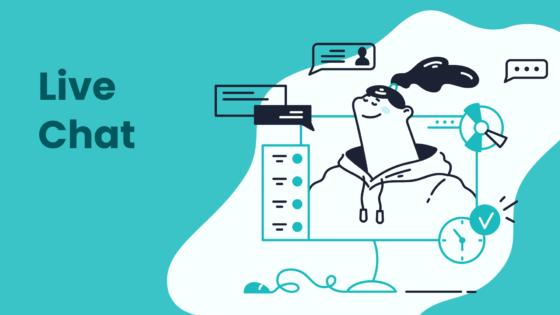
Companies that prioritize customer loyalty retention consistently outperform those that focus mainly on acquisition. Studies reveal that improving retention rates by just 5% can boost profits by up to 95%.
- 82% of brands say customer retention is more affordable than acquisition.
- 64% of loyalty program members willingly spend more to earn rewards.
Sobot helps businesses build stronger customer loyalty by offering advanced contact center solutions. When organizations embrace effective strategies, they can increase revenue, drive repeat purchases, and create lasting customer loyalty.
Customer Loyalty Retention Defined
Loyalty vs. Retention
Customer loyalty retention describes the ability of a business to keep customers coming back while also fostering a strong emotional connection. Customer retention focuses on the percentage of customers who continue to buy from a company over time. Loyalty, on the other hand, measures the depth of a customer’s relationship, including advocacy and engagement.
Businesses use different metrics to track these concepts. For customer retention, companies often look at retention rate, churn rate, and customer lifetime value. Loyalty metrics include Net Promoter Score (NPS), redemption rate, and engagement rate. For example:
- Customer Retention Rate: Shows how many customers stay with a business over a set period.
- Redemption Rate: Indicates how often customers use rewards, reflecting the appeal of loyalty programs.
- NPS: Measures how likely customers are to recommend the brand.
A table below highlights the differences:
| Metric Type | Metrics Included | Focus Area |
|---|---|---|
| Retention Metrics | Retention Rate, Churn Rate, CLV | Continuity, Financial Value |
| Loyalty Metrics | NPS, Redemption Rate, Engagement Rate | Satisfaction, Advocacy |
Sobot’s unified analytics dashboard helps businesses track both retention and loyalty metrics, making it easier to identify trends in consumer behavior and optimize strategies.
Impact on Business
Customer loyalty retention has a direct and measurable impact on business performance. Research shows that 72% of consumers prefer to buy from companies with loyalty programs, leading to a 65% increase in customer retention rates and 58% higher revenue from loyal customers. Loyal customers tend to spend more over their lifetime, with some studies showing a difference of $3,000 versus $1,200 between loyal and short-term customers. Even a 5% increase in customer retention can boost profits by over 25% (source).
Sobot’s omnichannel solutions support these outcomes by enabling businesses to deliver personalized experiences and proactive support, which drive repeat purchases and long-term relationships. Companies that invest in customer loyalty and retention strategies see reduced acquisition costs and greater profitability, allowing for reinvestment and sustainable growth.
Why Customer Retention Matters
Cost and Revenue Benefits
Customer retention stands as a cornerstone for sustainable business growth. Companies often find that acquiring new customers costs four times more than upselling to existing ones. Metrics such as Customer Retention Rate, Customer Churn Rate, and Customer Lifetime Value help businesses measure the effectiveness of their retention strategies. For example, the Existing Customer Revenue Growth Rate tracks how much revenue grows from current customers. If a company loses $5,000 in churn from a $50,000 monthly recurring revenue, it signals a -10% growth rate, highlighting the need to improve retention.
Focusing on customer retention leads to higher repeat purchase ratios and increased average order values. Repeat customers contribute up to 65% of a company’s revenue, making them vital for long-term success. Sobot’s omnichannel contact center solutions help businesses monitor these key metrics and deliver personalized experiences that drive customer loyalty. By mastering these KPIs, organizations can reduce costs, boost revenue, and create a more stable business model.
Tip: Tracking metrics like Customer Retention Rate and Repeat Purchase Rate helps companies identify opportunities for upselling and cross-selling, maximizing revenue from loyal customers.
Brand Advocacy
Strong customer retention does more than increase revenue; it transforms satisfied customers into brand advocates. Research shows that reducing customer churn by just 1% can increase overall revenue by 7%. Positive customer experience plays a critical role, as 70% of consumers are likely to recommend a brand after a good service interaction. Loyalty programs also drive results, increasing retention rates by 5% and boosting revenue growth by up to 18%.
Loyal customers often share their experiences, expanding a brand’s reach through word-of-mouth. For instance, 73% of loyalty program members are more likely to recommend the brand to others. Sobot’s unified customer engagement tools help businesses deliver consistent service, ensuring high customer satisfaction and fostering advocacy. Companies that prioritize customer loyalty and retention benefit from increased referrals and a stronger market reputation.
Key Metrics for Customer Retention
Understanding the right metrics helps businesses improve customer retention and drive long-term growth. Companies that track these indicators can identify trends, address issues early, and maximize the value of every customer relationship.
Retention Rate
Customer retention rate measures the percentage of customers who continue to do business with a company over a specific period. This metric serves as a key indicator of customer satisfaction and loyalty. Recent market research shows that retention rates vary by industry. For example, retail businesses report an average customer retention rate of 63%. Companies with higher contract values often achieve better retention rates. The table below highlights benchmarks for different segments:
| Benchmark Type | Segment | Key Data Points |
|---|---|---|
| Net Revenue Retention (NRR) | ACV ≤ $12,000 | Median NRR: 100% |
| Net Revenue Retention (NRR) | ACV > $250,000 | Median NRR: 110% |
| Gross Revenue Retention (GRR) | All companies | Median GRR: 91% |
| Gross Revenue Retention (GRR) | SMB-focused companies | 85% GRR considered reasonable |
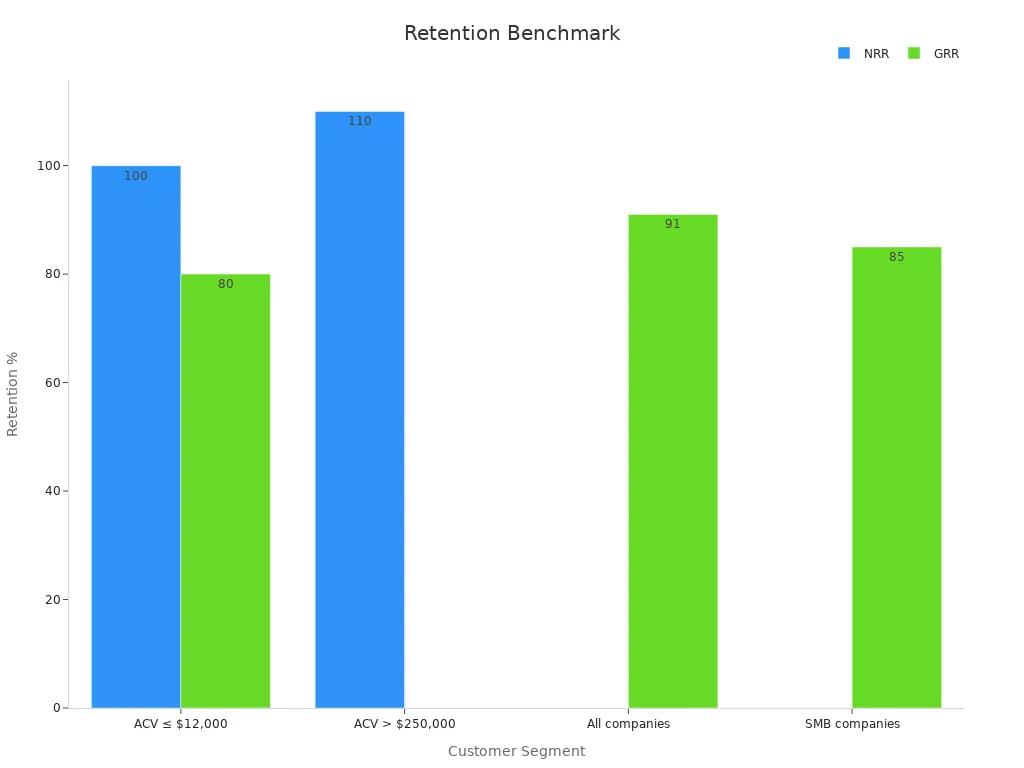
Sobot’s unified analytics dashboard enables businesses to monitor their customer retention rate in real time, helping them benchmark against industry standards and set actionable goals.
Churn Rate
Customer churn rate reflects the percentage of customers who stop using a company’s products or services during a given period. High churn rates signal problems with customer experience or product fit. Studies reveal that 32% of customers leave after just one negative experience. Companies with strong loyalty programs report lower churn and higher customer retention. Businesses using AI-driven tools, such as Sobot’s omnichannel solutions, see a 25% increase in retention and a 27% boost in satisfaction. Reducing churn directly improves the repeat customer rate and overall profitability.
Note: Avoidable churn costs U.S. businesses $136 billion each year. Addressing customer issues quickly can reduce churn by up to 67%.
Customer Lifetime Value
Customer Lifetime Value (CLV) estimates the total revenue a business can expect from a single customer throughout their relationship. This metric combines average revenue, costs, and the length of the customer relationship. The formula is:
CLV = (Average Revenue Per User – Cost of Goods Sold) × Average Customer Lifetime
| Component | Description | Example 1 | Example 2 |
|---|---|---|---|
| Average Revenue Per User | Revenue per customer per period | $50/month | $25,000/year |
| Cost of Goods Sold | Cost to deliver product/service | $10/month | $10,000/year |
| Average Customer Lifetime | Duration customer stays | 18 months | 4.5 years |
| CLV Calculation | $720 | $67,500 |
A Harvard Business Review study found that increasing customer retention rates by just 5% can boost profits by 25% to 95%. Sobot’s analytics tools help companies track CLV, optimize marketing spend, and improve the repeat customer rate.
Effective Customer Retention Strategies
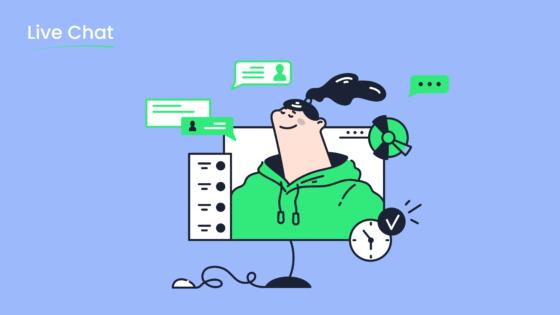
Building customer loyalty retention requires a thoughtful mix of proven strategies. Companies that focus on effective customer retention strategies see higher profits, stronger relationships, and more brand advocates. Below are key approaches that help organizations retain customers and foster long-term loyalty.
Personalization
Personalization stands at the core of modern customer retention strategies. Companies use data to tailor messages, offers, and experiences to each customer’s preferences. Personalized interactions make customers feel valued and unique, which increases satisfaction and loyalty.
- Over 50% of customers expect loyalty personalization, according to a Forrester Benchmark survey.
- Personalized engagement can boost email open rates to 75%.
- Personalization reduces attrition rates by up to 20% within the first year.
- Retaining 5% more customers can increase revenue by 25% (Harvard study).
| Metric / Outcome | Improvement / Result | Source / Example |
|---|---|---|
| Increase in average order value | 30% | OnRamp Funds report |
| Customer satisfaction improvement | Up to 20% | McKinsey study |
| Higher lifetime value for multichannel shoppers | 30% higher CLV | McKinsey study |
| Retention rate increase | 14% | Company case study |
| Revenue growth | 30.1% | Company case study |

Sobot’s Live Chat enables businesses to deliver personalized experiences across channels. The platform uses AI to segment customers and provide tailored responses, helping companies build customer loyalty and increase conversion rates.
Proactive Support
Proactive support means anticipating customer needs and addressing issues before they escalate. This approach helps companies reduce churn and improve customer service retention. Businesses that use proactive support strategies often see higher customer satisfaction and loyalty.
- Key metrics for measuring success include Customer Retention Rate, Churn Rate, Customer Lifetime Value, Net Promoter Score, and Customer Satisfaction Score.
- Companies that identify warning signs of churn early can intervene and retain customers.
- Proactive engagement strategies, such as sending reminders or offering help before customers ask, improve the overall customer experience.
Sobot’s omnichannel solutions allow agents to monitor customer behavior in real time. The system can trigger automated messages or alerts, ensuring customers receive timely support and reducing the risk of losing them.
Loyalty Programs
Loyalty programs reward customers for repeat business and engagement. These programs encourage customers to return, increasing retention and lifetime value. Effective customer retention strategies often include well-designed loyalty programs that offer points, discounts, or exclusive benefits.
- Set clear goals for increasing retention and engagement.
- Use real-time dashboards to track redemption rates, repeat purchases, and average order value.
- Personalize offers based on purchase history to boost participation.
- Collect feedback and monitor Net Promoter Score to refine the program.
- Continuously optimize rewards and messaging for better results.
| Measurable Outcome | Description |
|---|---|
| Customer Retention Rate | Increase in repeat purchases and longer customer lifespans after program implementation. |
| Redemption Rate | Percentage of loyalty points or rewards used, indicating program appeal and ease of redemption. |
| Average Order Value (AOV) | Increase in spending per transaction by loyalty members. |
| Revenue Growth | Incremental sales growth attributable to loyalty program members compared to non-members. |
Sobot’s marketing solution helps businesses design and manage loyalty programs across multiple channels. The platform tracks participation and redemption, making it easy to measure program effectiveness and drive customer loyalty.
Community Building
Community building creates a sense of belonging among customers. Brands that foster communities turn loyal customers into advocates, amplifying word-of-mouth marketing and deepening relationships.
- Social proof and user-generated content build trust and credibility.
- Emotional connections through shared values strengthen loyalty beyond transactions.
- Programs like Starbucks Rewards and Sephora’s Beauty Insider show how community engagement drives repeat visits and higher spending.
Sobot’s omnichannel engagement strategies support community building by connecting customers through social media, chat, and forums. The platform enables brands to nurture relationships and encourage active participation.
Feedback Loops
Feedback loops involve collecting, analyzing, and acting on customer input. Companies that listen to customers and make improvements based on feedback see higher retention and satisfaction.
| Metric / Outcome | Statistic / Value | Explanation / Impact |
|---|---|---|
| Increase in customer retention | 25-30% | Companies responding to customer feedback see a 25-30% higher retention rate. |
| ShopSmart retention improvement | 28% | Case study showing a 28% retention increase after feedback-driven changes. |
| Market adaptation acceleration | 35% faster | Feedback loops enable companies to adapt to market changes 35% faster. |
Sobot’s Live Chat and ticketing system make it easy to gather feedback through surveys and real-time conversations. The analytics dashboard helps businesses identify trends and implement changes that improve the customer experience.
Value Alignment
Value alignment means ensuring that a company’s offerings and brand promise match customer expectations. When customers see that a brand’s values align with their own, they are more likely to stay loyal and recommend the company to others.
| Evidence Type | Description | Impact on Customer Retention |
|---|---|---|
| Quantitative Metrics | Net Promoter Score (NPS), Customer Lifetime Value (CLV), Churn Rate | High NPS and CLV, low churn rate signal strong value alignment and loyalty. |
| Real-World Case Studies | Amazon Prime, Apple’s ecosystem, and retail loyalty programs like Sephora and Starbucks | These programs create perceived high value, exclusivity, and seamless experiences, driving repeat purchases. |
Research shows that brands like Patagonia and Apple retain customers by consistently delivering on their value proposition. Sobot’s unified customer engagement platform helps companies communicate their values clearly and deliver consistent, personalized experiences across every channel.
Tip: Companies that align their value proposition with customer needs see higher retention, lower churn, and stronger customer relationships.
By implementing these effective customer retention strategies, businesses can build customer loyalty, increase revenue, and create lasting relationships. Sobot’s solutions empower organizations to deliver personalized experiences, proactive support, and seamless engagement strategies that drive customer success.
Sobot Solutions for Customer Loyalty Retention
Live Chat Benefits
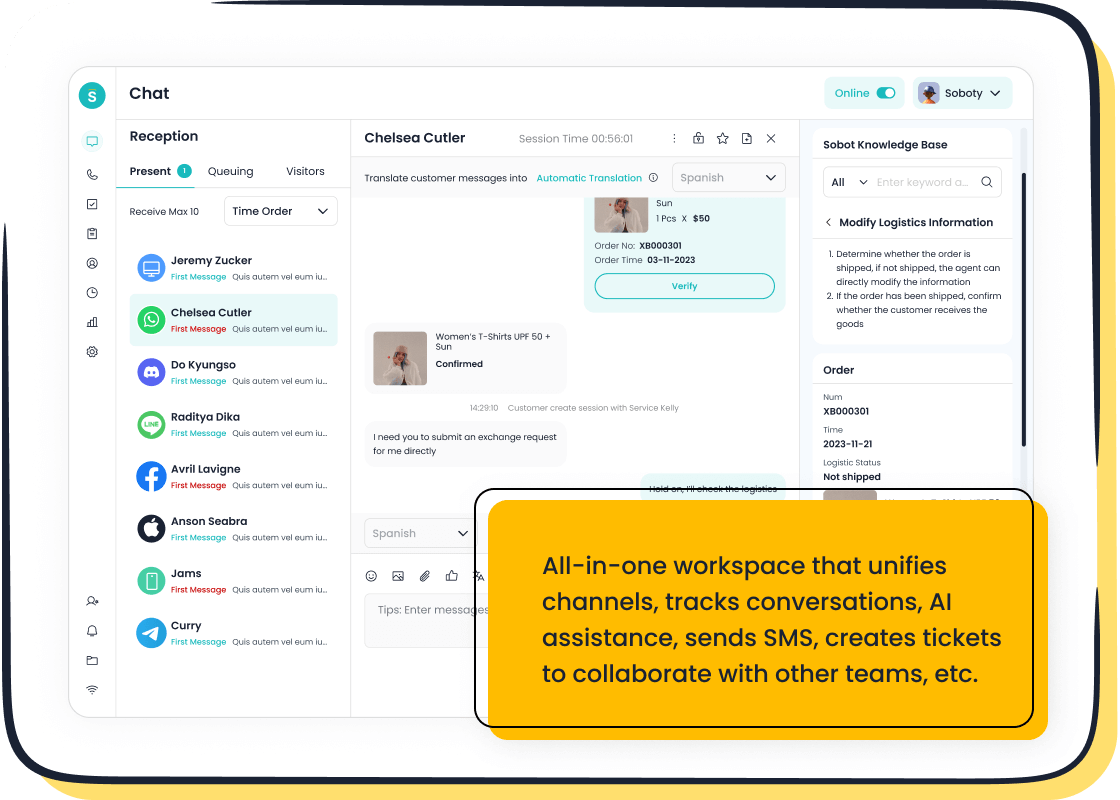
Sobot’s Live Chat platform empowers businesses to deliver exceptional customer experience and drive customer loyalty retention. The system uses advanced AI-powered chatbots with natural language processing to provide accurate and contextual responses. Customers receive instant support, and complex issues transfer seamlessly to live agents. Sobot’s intelligent routing and ticketing system ensures every inquiry reaches the right person quickly. The analytics dashboard tracks over 150 performance metrics, helping teams measure customer success and improve engagement strategies. Multi-language support and CRM integration allow companies to personalize every interaction, no matter where customers are located. Samsung Electronics reported a 97% customer satisfaction rate and a 30% increase in agent efficiency after adopting Sobot Live Chat, highlighting its impact on customer engagement and retention.
Omnichannel Engagement
Sobot’s omnichannel solutions unify communication across websites, apps, social media, and messaging platforms. This approach enables brands to deliver consistent engagement strategies and a seamless customer experience. Businesses can monitor key metrics to measure customer success and retention:
| KPI | Description and Relevance to Retention |
|---|---|
| Customer Lifetime Value (CLV) | Measures total revenue from a customer over time, reflecting retention and loyalty |
| Customer Satisfaction Score (CSAT) | Indicates customer happiness with brand interactions, linked to retention |
| Net Promoter Score (NPS) | Reflects likelihood of customer recommendation, tied to loyalty and retention |
| Retention Rate | Direct measure of customers retained over time |
| Multi-Channel Engagement Rate | Tracks customer interaction across channels, indicating engagement depth |
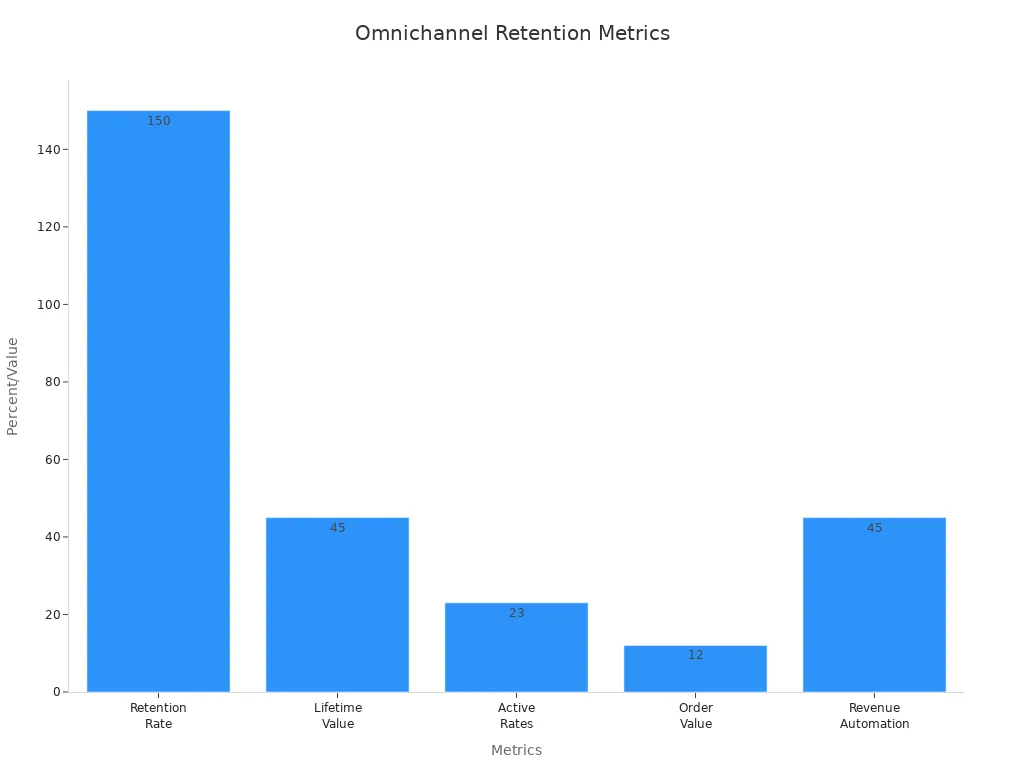
Sobot’s clients, including global brands like OPPO and HP, use these tools to boost customer engagement and retention.
Marketing Automation
Sobot’s marketing automation solution helps businesses nurture relationships and increase customer success through personalized campaigns. Automated workflows send targeted messages at the right time, encouraging repeat purchases and positive reviews. For example, brands using marketing automation have seen up to 93% increases in engagement and a 69% rise in total orders. Personalized follow-ups and loyalty point assignments keep customers engaged and returning. Companies like Birdies achieved a 16% increase in conversion rate and a 42% decrease in unsubscribe rate by leveraging AI-driven content and timely messaging. Sobot’s unified customer data platform ensures every campaign supports customer loyalty retention and long-term growth.
Real-World Customer Retention Strategies
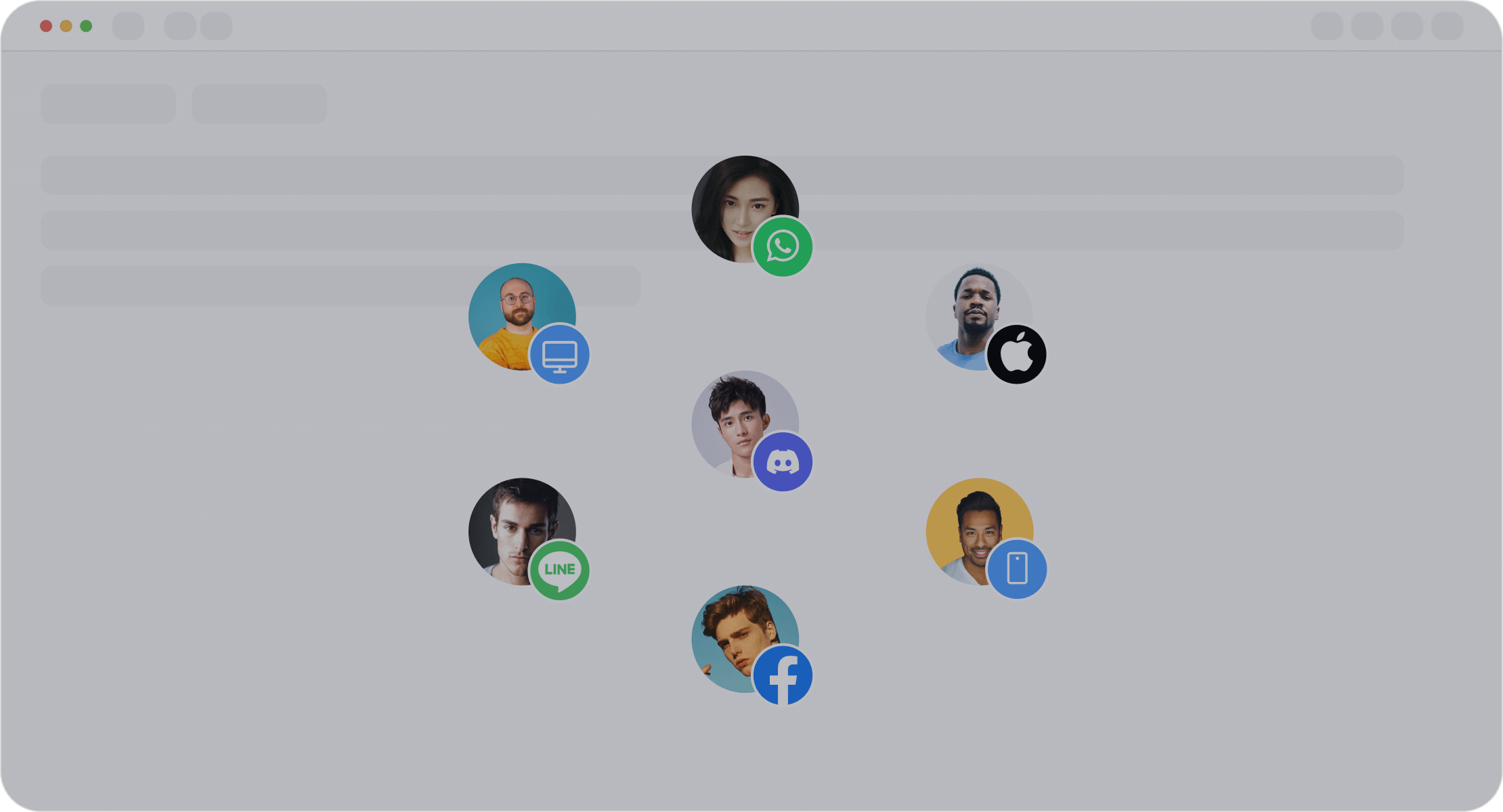
OPPO Case Study
OPPO, a global leader in smart devices, faced challenges with high volumes of customer inquiries during peak shopping seasons. The company wanted to improve service efficiency and boost customer loyalty. OPPO adopted Sobot’s advanced customer contact solutions, including AI-powered chatbots and an integrated ticketing system. These tools allowed OPPO to automate responses to common questions and free up human agents for more complex issues. Sobot’s unified platform also helped OPPO connect its global customer channels and business systems, making it easier for agents to access information and deliver consistent service.
The partnership focused on customer retention strategies that combined technology and human support. OPPO optimized its knowledge base with Sobot’s AI, reducing manual maintenance by 90%. The chatbot handled 83% of inquiries, while the positive feedback rate reached 94%. Most importantly, OPPO saw a 57% increase in repurchase rate, showing the direct impact of these customer retention strategies.
Key Results
The measurable improvements from OPPO’s use of Sobot solutions highlight the power of effective customer retention strategies. The following table summarizes the key factors influencing purchasing decisions and retention:
| Factor | Effect on Purchasing Decision | Statistical Evidence |
|---|---|---|
| Product Innovation | 42.1% | t count = 8.274 > t table = 1.986 |
| Brand Image | 37.4% | t count = 7.488 > t table = 1.986 |
| Combined Effect (Regression) | 50.4% | F count = 47.521 > F table = 2.770 |
| Brand Equity Components | 82.5% (R² = 0.825) | Explains variance in purchase decision |
These results show that product innovation and brand image, supported by Sobot’s technology, play a major role in customer retention. The high R² value confirms a strong link between brand equity and repeat purchases.
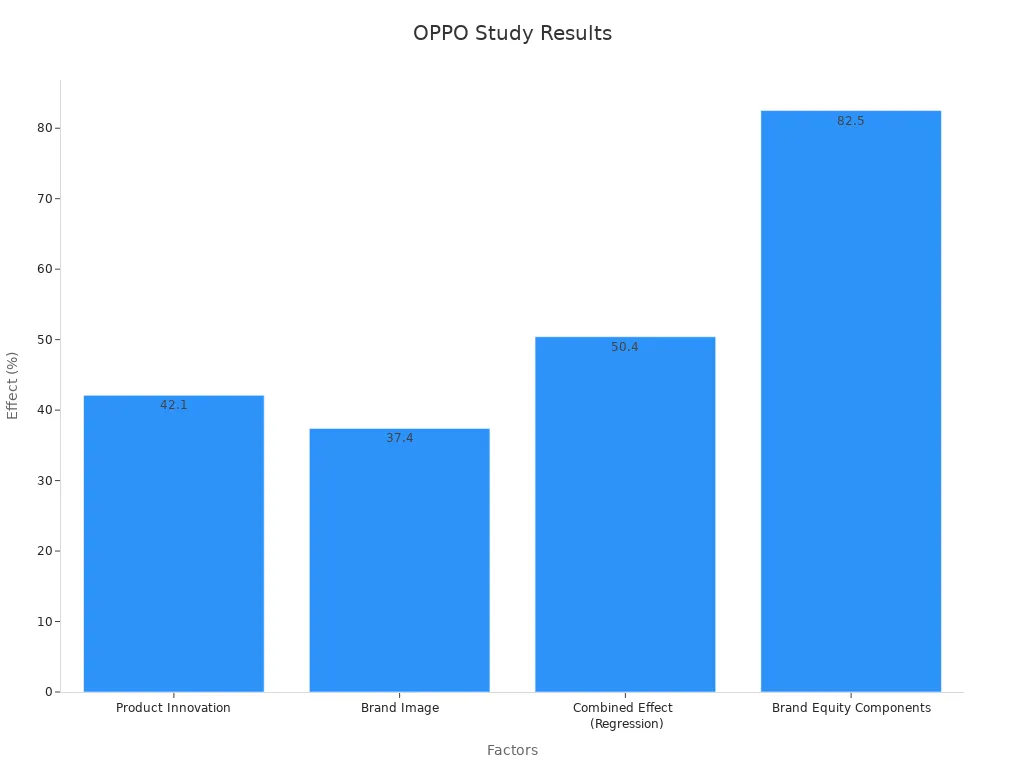
OPPO’s experience demonstrates how the right customer retention strategies, powered by Sobot, can drive measurable gains in loyalty and business growth.
Implementing Strategies for Success
Prioritizing Actions
Successful implementation of customer retention strategies begins with clear priorities. Companies should identify which actions will have the greatest impact on customer loyalty and business outcomes. Teams often start by setting measurable goals, such as reducing churn rate or increasing repeat purchase rates. Cross-functional collaboration between sales, marketing, IT, and customer service ensures that everyone works toward the same objectives. Businesses benefit from focusing on key data points that reveal customer behavior, avoiding information overload. Incremental integration of new processes helps maintain accuracy and minimizes disruption. Regular communication across departments allows teams to share insights and quickly address challenges. By prioritizing these steps, organizations create a strong foundation for long-term retention.
Integrating with Sobot
Integrating Sobot’s solutions into customer retention strategies streamlines engagement and support. Sobot’s unified platform connects data from websites, apps, and social media, providing a complete view of each customer. Predictive analytics within Sobot help identify customers at risk of churn, enabling proactive outreach. Real-time support tools address issues promptly, improving brand image and retention. Personalization features segment audiences and tailor campaigns, increasing satisfaction and loyalty. Companies can measure success using key metrics like churn rate, customer lifetime value, and net promoter score. Sobot’s seamless integration supports incremental adoption, ensuring accuracy and minimal disruption to daily operations.
Tip: Gamification features in Sobot increase engagement by up to 47%, while proactive support is valued by 87% of customers, leading to higher satisfaction and loyalty.
Training Teams
Well-trained teams play a vital role in deploying customer retention strategies. Continuous training and upskilling ensure that staff maintain strong communication skills and product knowledge. Competency models help define skill levels and guide effective training programs. Ongoing coaching and mentoring support career growth and skill enhancement. Empowering front-line staff with decision-making authority enables them to resolve issues quickly, turning negative experiences into positive ones. Training also prepares teams to handle complex interactions, directly supporting customer loyalty and retention. Companies that invest in education see improved onboarding, stronger customer relationships, and higher retention rates.
Overcoming Customer Retention Challenges
Common Obstacles
Many companies face significant hurdles in customer retention. The probability of selling to an existing customer stands at 60-70%, while it drops to just 5-20% for new prospects. Loyal customers are five times more likely to repurchase and four times more likely to refer others. However, ecommerce stores often see customer retention rates between 30% and 38%. Rates below 25% signal urgent problems. Existing customers usually spend 67% more than new ones, making retaining customers essential for growth.
Several factors contribute to low retention. High churn rates in SaaS often result from unmet expectations, poor onboarding, and lack of engagement. Inconsistent user experiences and inadequate support also drive customers away. Research shows that 96% of consumers consider customer service an important factor in brand loyalty. Only 8% of customers believe companies deliver superior experiences, even though 80% of brands think they do. Poor post-purchase experiences and ineffective customer experience strategies further reduce customer satisfaction and weaken relationships.
Solutions and Tips
Companies can overcome customer retention challenges by adopting proven strategies. Proactive account management with regular check-ins helps address issues early. Building value-based relationships ensures customers receive continuous value, not just transactions. Effective onboarding sets clear expectations and reduces early churn. Personalizing experiences based on customer data increases engagement, as 71% of consumers expect tailored interactions.
Strong customer service retention depends on consistent experiences across all channels. Training teams to meet high service standards and using data insights to anticipate needs can prevent churn. Sobot’s omnichannel solutions help businesses monitor engagement, personalize communication, and launch save campaigns for at-risk customers. Gathering feedback and acting on it allows companies to adapt quickly. These steps support customer retention, boost customer satisfaction, and strengthen long-term relationships.
Companies that invest in customer retention and customer loyalty strategies see measurable gains. Sobot’s Live Chat platform resolves up to 80% of routine inquiries within seconds and boosts customer satisfaction by 34%. Businesses also report a 41% increase in conversion rates with AI personalization.

Organizations can start by adopting one new approach today. Sobot’s solutions help teams build lasting relationships and drive long-term growth.
FAQ
What is the difference between customer loyalty retention and customer retention?
Customer loyalty retention focuses on building emotional connections and advocacy, while customer retention measures how many customers stay over time. Both play key roles in customer retention strategies. Sobot’s analytics help companies track these metrics for better customer service retention and long-term growth.
How do loyalty programs improve customer retention?
Loyalty programs reward repeat purchases and engagement. According to Bond Brand Loyalty, 77% of consumers say loyalty programs make them more likely to stay with brands. Sobot’s marketing solution helps businesses design programs that boost customer loyalty retention and increase customer lifetime value.
Why is customer service retention important for business growth?
Customer service retention ensures customers receive consistent, high-quality support. Research shows that 96% of consumers consider service a key factor in customer loyalty. Sobot’s Live Chat platform resolves up to 80% of routine inquiries, improving customer retention and satisfaction.
What metrics should companies track to measure customer loyalty retention?
Companies should monitor retention rate, churn rate, Net Promoter Score (NPS), and customer lifetime value (CLV). Sobot’s unified dashboard provides real-time insights into these metrics, helping businesses refine customer retention strategies and enhance customer loyalty.
How does Sobot support customer retention strategies?
Sobot offers omnichannel engagement, AI-powered Live Chat, and marketing automation. These tools help businesses deliver personalized experiences, gather feedback, and respond quickly. Companies using Sobot report higher customer loyalty retention and improved customer service retention across multiple industries.
See Also
Top Strategies To Enhance Customer Satisfaction In Live Chat
Effective Techniques For Managing Quality In Call Centers
How To Excel At Live Chat Within The Retail Sector
Essential Tips For Successfully Managing Live Chat Agents
Expert Approaches To Live Chat For Superior Customer Support
